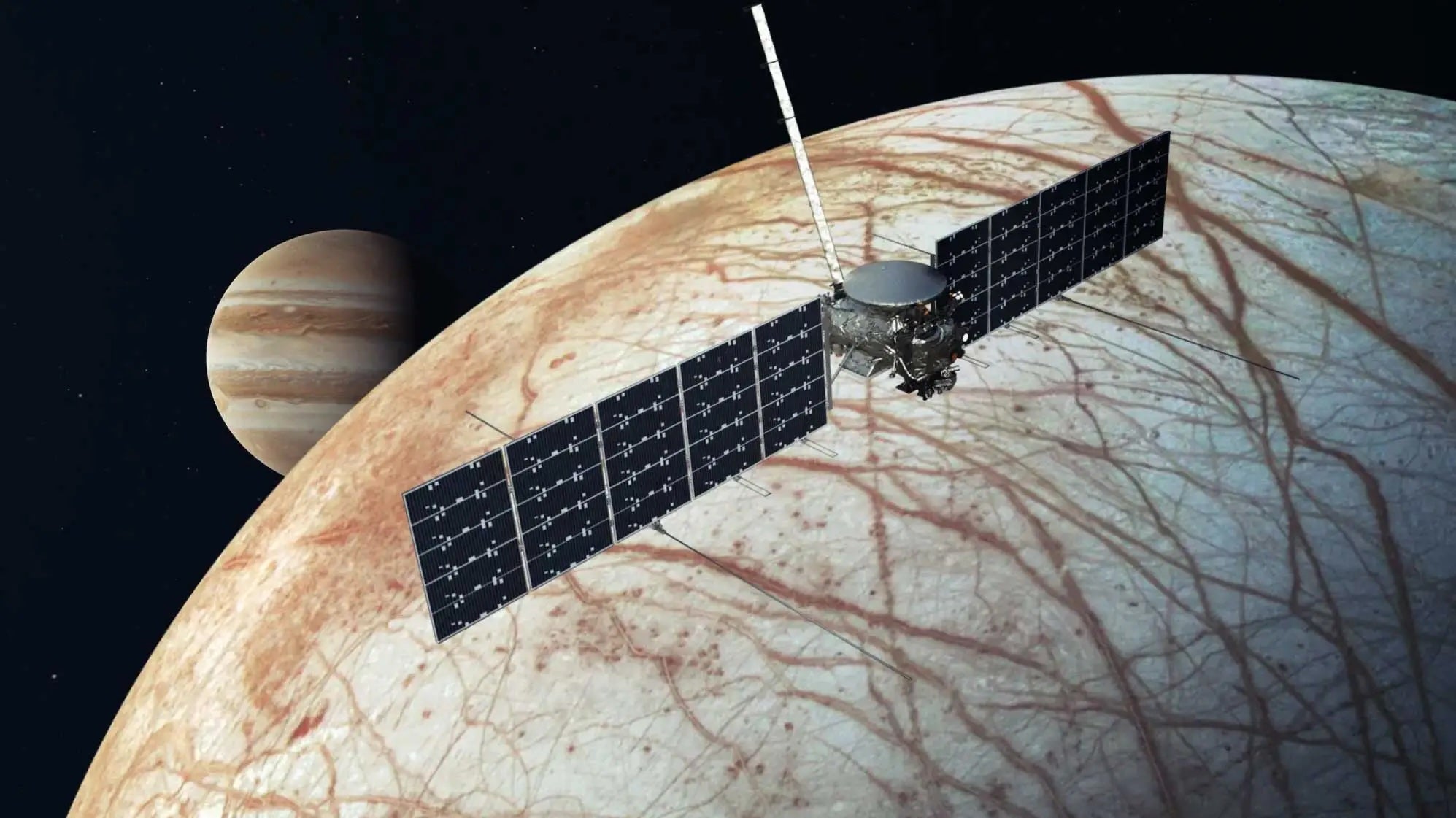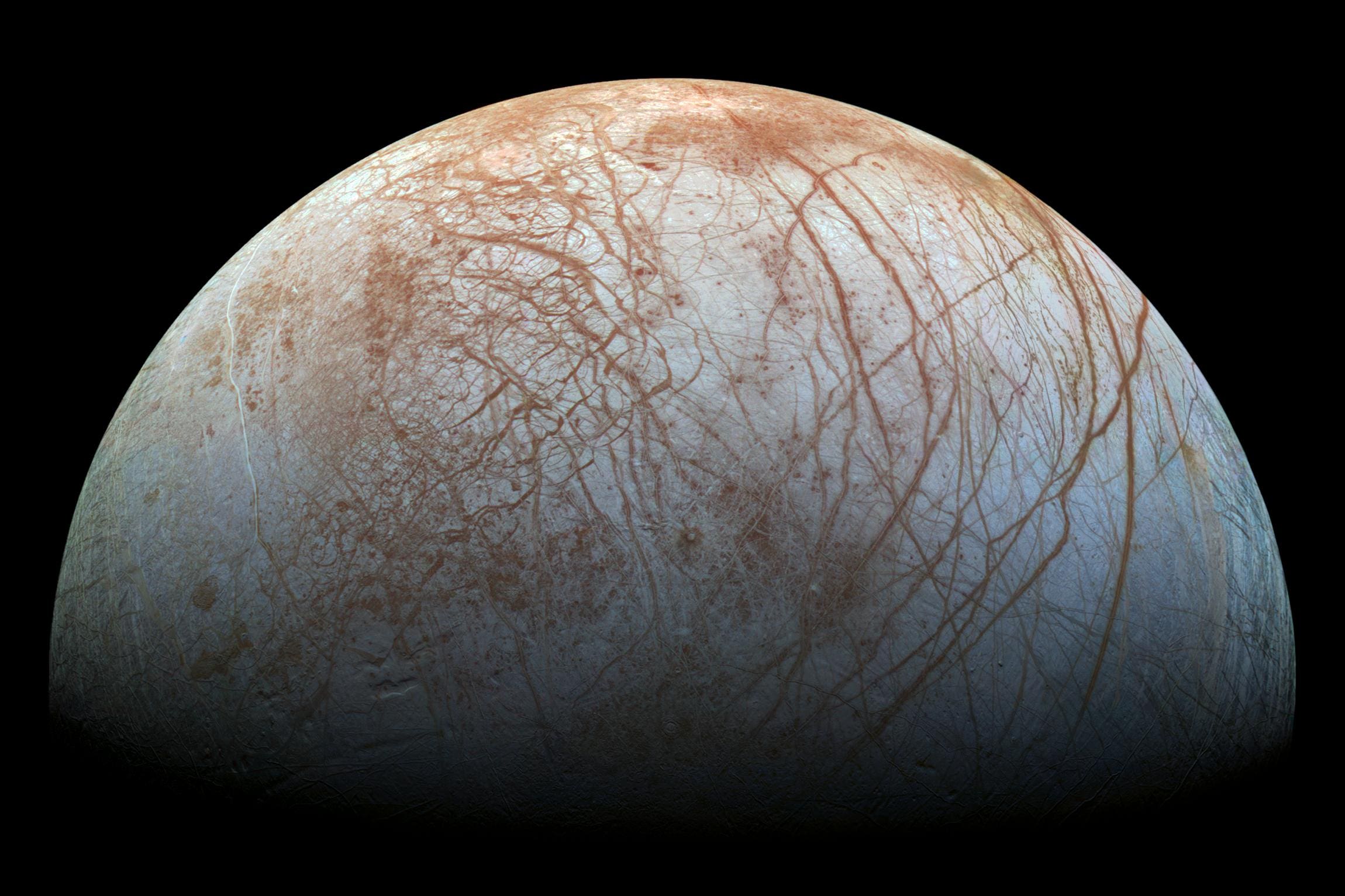Spacecraft begins six year mission to hunt for life on solar system’s biggest planet
Nasa’s Europa Clipper will now travel 1.8 billion miles

A spacecraft has blasted into space and will travel 1.8 billion miles on a mission that will investigate whether one of Jupiter’s moons could support life.
Nasa’s Europa Clipper will now travel 1.8 billion miles (2.9 billion kilometres), finally arriving at the biggest planet in the solar system in April 2030.
What it finds could change what scientists believe about life in the solar system.
It took off on a SpaceX Falcon Heavy rocket from Cape Canaveral in Florida at 5.06pm on Monday, after launch was delayed from last week because of hurricane Milton.
It will now travel 1.8 billion miles (2.9 billion kilometres), finally arriving at the biggest planet in the solar system in April 2030.
The mission aims to confirm that a vast ocean exists beneath Europa’s icy surface, making it a promising place to study habitability for life beyond Earth.
The spacecraft will orbit Jupiter, and carry out 49 close flybys of Europa – one of its 95 moons.
Some evidence suggests that the ingredients for life may exist on the moon right now.
On each orbit, the spacecraft will spend less than a day in the dangerous radiation zone near Europa before zipping back out.
Then some two to three weeks later, it will repeat the process.
During the flybys, the spacecraft will fly at altitudes as low as 16 miles (25 kilometres) above the surface, and in order to scan the entire moon it will soar over a different location during each flyby.
Dr Caroline Harper, head of space science at UK Space Agency, said: “If you think of all the water here on Earth, and then double it, that’s how much water we think might be on Europa.
“Water is essential for life as we know it, and if we are going to find life elsewhere in the solar system, it’s very likely to be on an icy moon like this.
“The Europa Clipper mission will seek to discover if Europa is a habitable place that could support life in the huge ocean under its icy surface.
“The UK Space Agency has invested £9 million in the science instruments on board another mission to the Jupiter system, Esa’s Juice, which is set to arrive at Jupiter in 2031.
“These two missions will work together to offer scientific insights on Jupiter and its moons that will increase our understanding of the universe.
“It’s exciting to think that within the next decade we could have definitive scientific proof of the potential for habitable worlds beyond our planet.”

Europa Clipper is carrying nine science instruments, and a gravity experiment that uses the telecommunications system.
All of the science instruments will operate simultaneously on every pass.
The three main objectives of the mission are to understand the nature of the ice shell of the moon and the ocean beneath it, along with the moon’s composition and geology.
The mission’s detailed exploration of Europa will help scientists better understand the potential for habitable worlds beyond our planet.
Europa Clipper is the largest spacecraft Nasa has ever developed for a planetary mission.